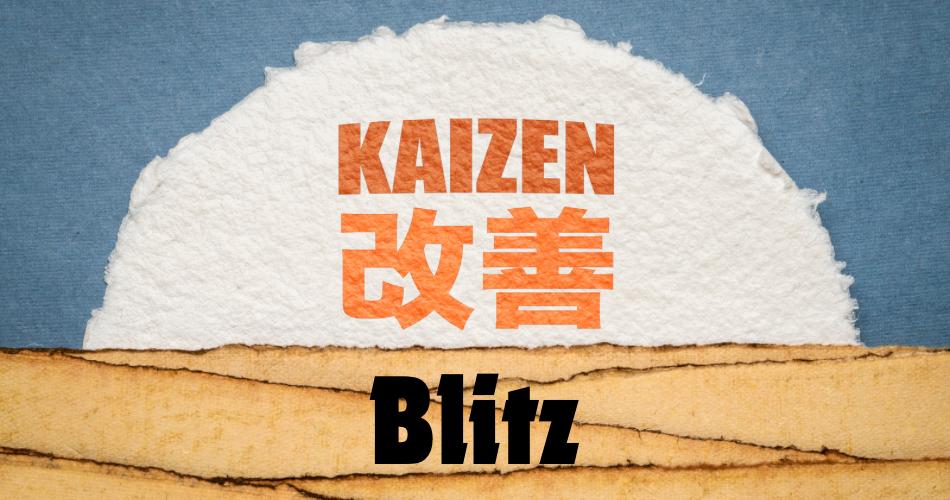A Kaizen Blitz, also known as a Kaizen event, is an intensive team effort dedicated to achieving significant improvements within a short period of time. These improvements can target either manufacturing or administrative processes and typically focus on reducing or eliminating waste and non-value-added activities. The duration of a Kaizen Blitz usually spans three to five days, with the ultimate goal of standardizing and implementing new or enhanced ways of conducting business.

Key Characteristics of a Kaizen Blitz
One of the primary challenges of a Kaizen Blitz is achieving improvement with minimal costs, as significant capital expenditures are generally outside the scope of these events. Organizations that have adopted lean principles often employ Kaizen Blitz events and provide widespread training on these concepts and tools. However, even organizations without a formal lean program can successfully conduct a Kaizen Blitz, making it an accessible method for any company looking to drive improvements.
Steps to Conducting a Successful Kaizen Blitz
To ensure the success of a Kaizen Blitz, the following steps should be meticulously followed:
- Identify the Opportunity with Preliminary Data:
- Start by gathering initial data to identify areas for improvement.
- Form a Cross-Functional Team:
- Assemble a team of individuals from various departments who can fully define the opportunity and implement necessary changes.
- Appoint a Team Leader:
- Select a leader familiar with the tools and methodologies to be used during the event, capable of guiding the group’s activities.
- Secure Management Support:
- Work with management to allocate a specific time period for the team to focus exclusively on the improvement opportunity. Ensure the team has the authority to implement changes.
- Conduct Basic Training:
- Provide the team with necessary training, particularly in developing process maps or value stream maps, which are crucial for many blitz events.
- Map the Process:
- Create a process map on-site where the work occurs. Walk through the map to identify wasteful or non-value-added activities, and gather specific data during this walkthrough.
- Brainstorm Improvement Ideas:
- Facilitate a brainstorming session to generate potential improvements. Often, team members will have valuable ideas that they have been waiting to share.
- Prioritize Actions:
- Evaluate the potential actions based on their impact versus effort or cost. Select the actions that the team is willing to trial.
- Trial Selected Actions:
- Test the chosen actions in the actual workplace or simulate them using props created by the team. Assess their impact.
- Finalize and Gain Approval:
- Present the final recommended actions to management and obtain approval for their implementation.
- Standardize and Train:
- Begin standardizing the new methods and document necessary procedures. Develop training plans to ensure others in the organization can adopt the improved processes.
Planning and Execution
The initial planning steps (1-4) may be spread over a period of time, while the actual blitz period (steps 5-11) involves intensive team engagement over a few days. The immediate benefits of a Kaizen Blitz are often complemented by improved team morale and a sense of empowerment as management supports and values the team’s efforts.
Broader Benefits
The advantages of a Kaizen Blitz extend beyond the specific process improvements achieved. The collaborative nature of the event fosters a culture of continuous improvement and strengthens team cohesion. Additionally, the empowerment of employees can lead to greater job satisfaction and a more proactive approach to problem-solving across the organization.
By following these structured steps, organizations can harness the power of a Kaizen Blitz to drive rapid, impactful changes with minimal costs, ultimately leading to enhanced efficiency and effectiveness in their operations.